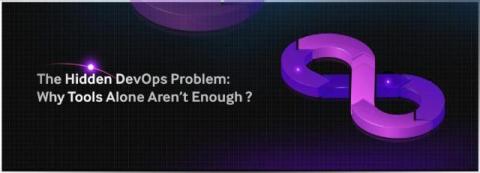A Developer's Guide to Continuous Performance Testing
Today’s fast-paced development environments require new approaches to testing. Enter continuous performance testing. Unlike traditional performance testing, automated continuous performance testing is part of every build, monitoring the application continuously under increased load. With continuous performance tests, organizations with lots of users can expect to improve the customer experience, prevent major outages, and find and resolve issues faster.











